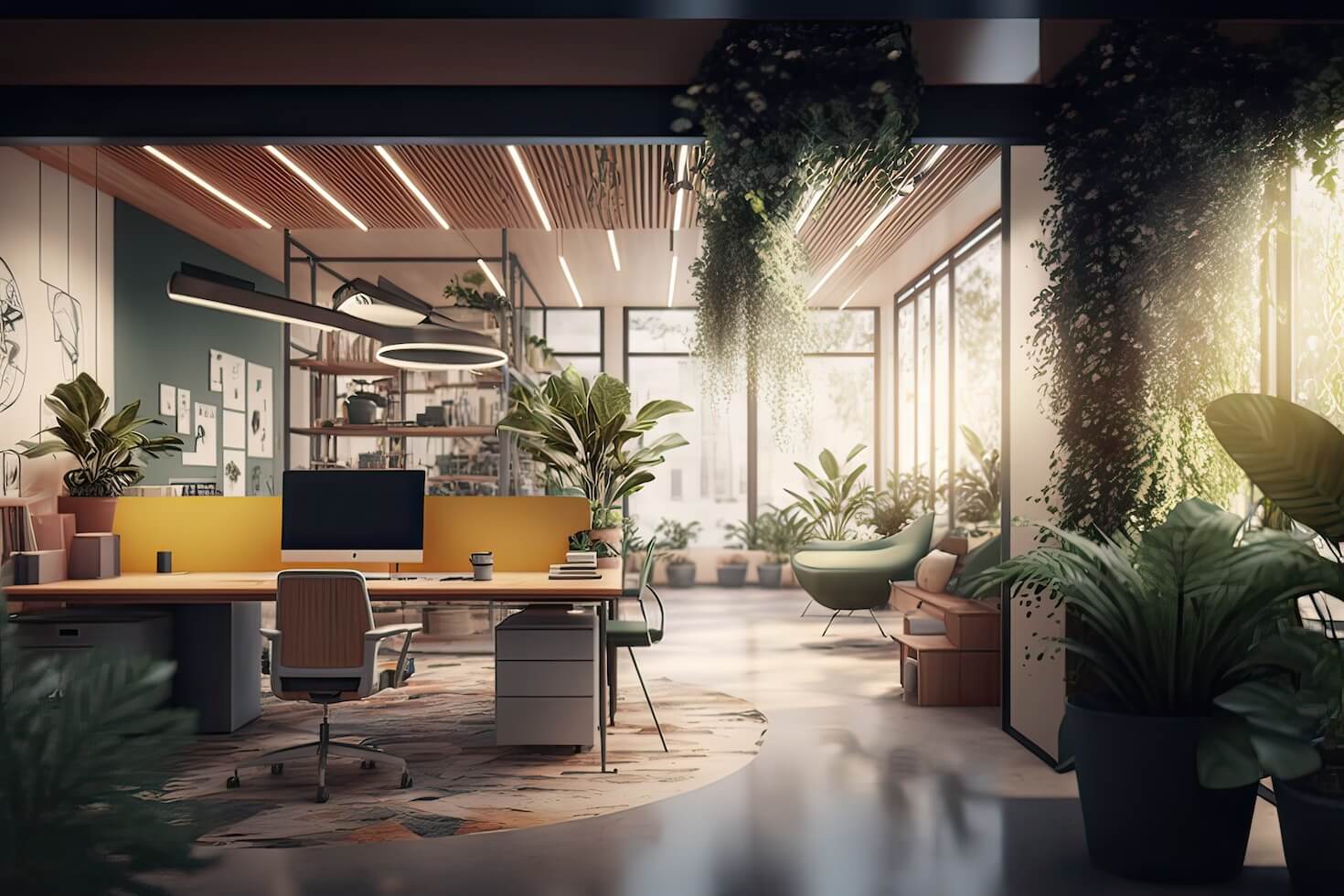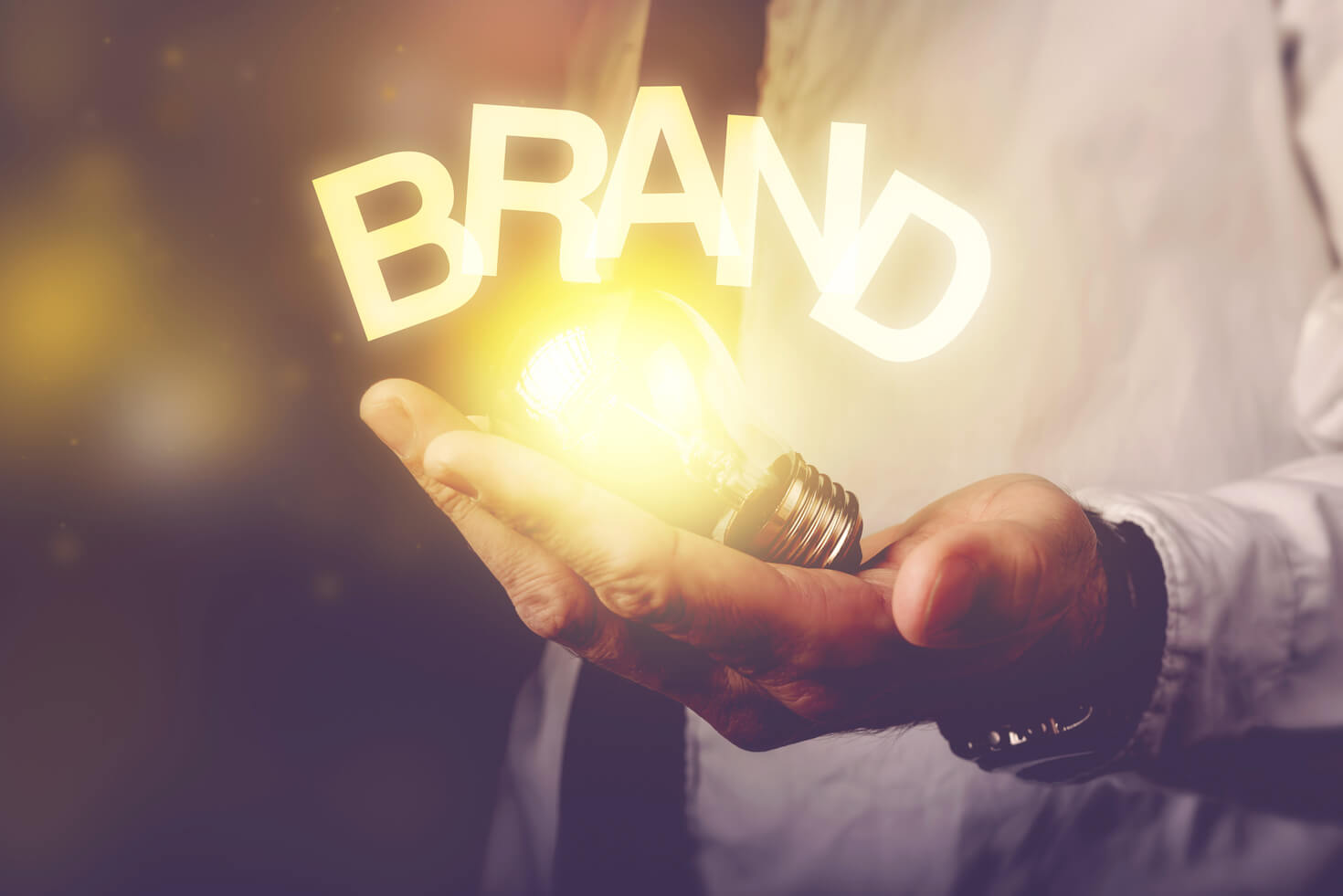Natural Light has the Biggest Impact on Workers Wellbeing
Natural light has a profound impact on workers’ well-being. It is no secret that exposure to natural light has numerous benefits for our physical and mental health. From reducing stress and improving mood to boosting productivity and reducing absenteeism, natural light is a crucial factor in creating a healthy and productive work environment. Research by Cornell University Professor confirms a connection of natural light and employee wellbeing with the study revealing a 56% drop in drowsiness and 63% drop in headaches.
Unfortunately, many workplaces fail to provide enough natural light for their employees. This can lead to a range of health issues, including headaches, eye strain, and fatigue. A Forbes article highlights how the absence of natural light can result in a conditions such as seasonal affective disorder (SAD). Furthermore, artificial lighting can disrupt our circadian rhythms, leading to sleep disturbances and other health problems. And as employees have become used to working at home with the resultant increased ability to incorporate being outdoors into their days, the office has become a less appealing environment for them.
Thankfully, there are ways to address this issue. Future X Collective is an organization dedicated to creating healthier, more sustainable workplaces, across the 6 Pillars of an Optimum Workplace Experience, (Workplace Strategy, Culture and Leadership, Change Readiness, Technology and Agility, Wellbeing and Workplace Environment). Two ways we’ve helped many clients address the issue of natural light and create more healthy and productive work environments.
1. Conducting a daylight analysis of the workplace
One of the ways we do this is by conducting a daylight analysis of the workplace. This involves measuring the amount of natural light in different areas of the building and identifying areas where improvements can be made. Typically, we’d recommend adjusting the layout of the workspace to optimize natural light, moving built elements away from the perimeter glazing. And if elements such as windows and/or skylights can be added, even better (although this is not always possible).
2. Increasing natural light through biophilic design
Another way to address the issue of natural light is through the design of biophilic workspaces. Biophilic design is a concept that emphasizes the importance of connecting people with nature in the built environment. By incorporating natural elements such as plants, water features, and natural materials, biophilic design can help create a more relaxing and stimulating workspace that promotes well-being and productivity. Lighting can play an important role here too, with many clients considering the inclusion of circadian lighting in their workspaces to support mental alertness at different times of the day. CBRE completed a study which showed a 12% increase in task performance when using circadian lighting.
In addition to the above, sustainability consulting helps clients create more eco-friendly and energy-efficient workplaces. By reducing energy consumption and promoting sustainable practices, organizations can not only reduce their environmental impact but also save money on energy bills. As organisations increasingly prioritize their ESG (Environment, Social and Governance) policies, workplaces that incorporate recycling, upcycling, re-use and more, contribute to a healthier environment for their people to work in.
As hybrid working patterns evolve, natural light is an increasingly crucial factor in creating a healthy and productive work environment, particularly when people choose to work from the office, rather than from home or other spaces. Having a workspace that prioritizes natural light is also critical element in creating an attractive and appealing workplace for staff.
Learn more on hybrid working design here: 4 Design Tips to support Mental Health in Hybrid Workplaces
By considering daylight analysis, biophilic design, and sustainability consulting, whether this is for a new or an existing environment, organizations can create healthier, more sustainable hybrid workplaces for their people – and a workplace where people want to be.
At Future X Collective we’ve always believed that people are the product of their environment … it has been our experience for more than 20 years of strategizing and designing workplaces that the better environment you create for people – then the better their experience of work is, and in turn the happier and healthier they are. Future X Collective works with clients to drive new workplace environments – click here for information on how we help you transform your office to a destination workplace.



